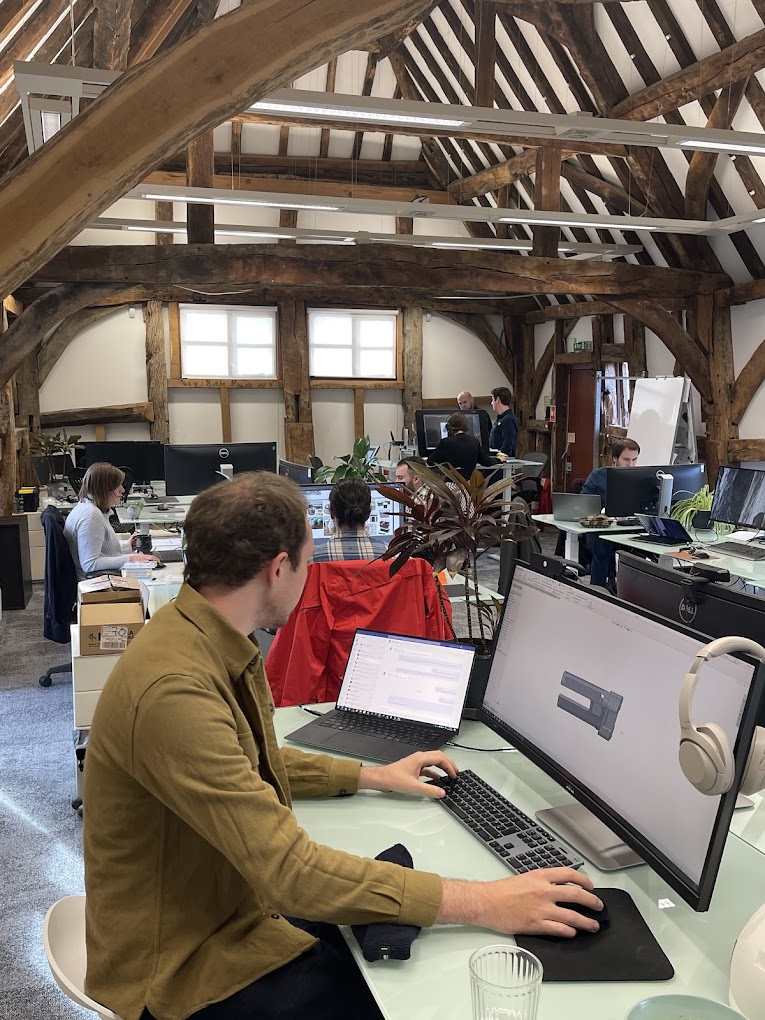
ARTICLE
Low Carbon West Oxford Launches ‘Not-So-Super-Stores?’ Report
New report engages big business in West Oxford and introduces retailer sustainability scorecard.
A local environmental and low carbon community group in West Oxford has launched a new scorecard and report on big businesses operating in the area.
The report reviewed sixteen big retailers who all run branches in West Oxford, and considered the energy efficiency of their buildings alongside several other key indicators for sustainability.
“We hope that the scorecard will help show retailers that locals – and shoppers – care not just about what they sell but also about what they are doing about their carbon and environmental footprints.”
Mim Saxl, Lead Programme Manager for Low Carbon West Oxford
Businesses were then approached for feedback on corporate scores and data to enable the assessment of local indicators.

Did you like what you read?
Then share this page with a colleague to keep the
conversation going and spark new ideas.
You might also like…

What temperature should an office be?

Free Energy Assessments for Cherwell SMEs

